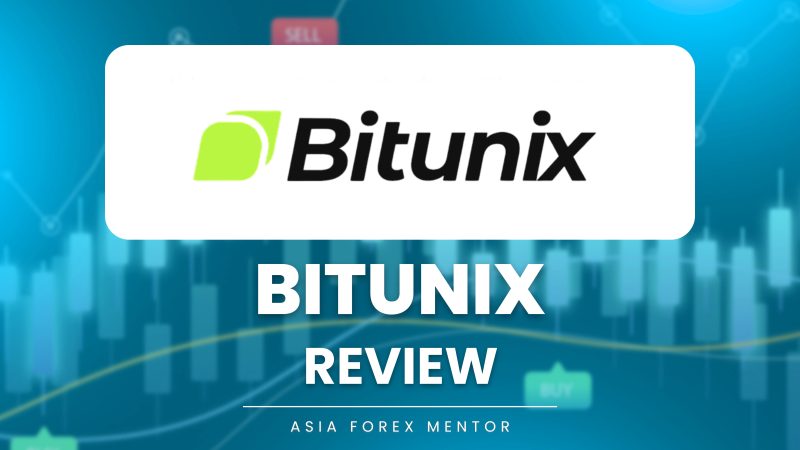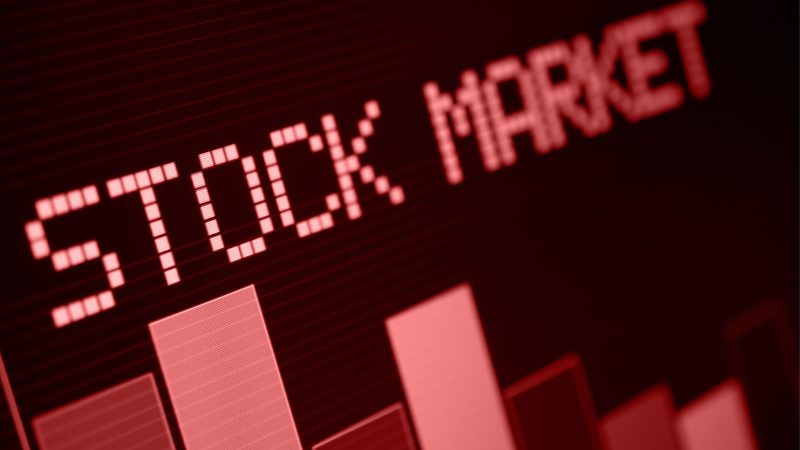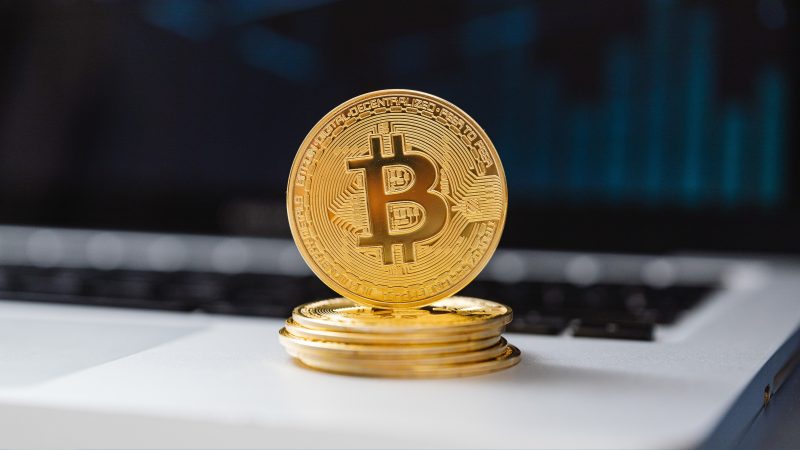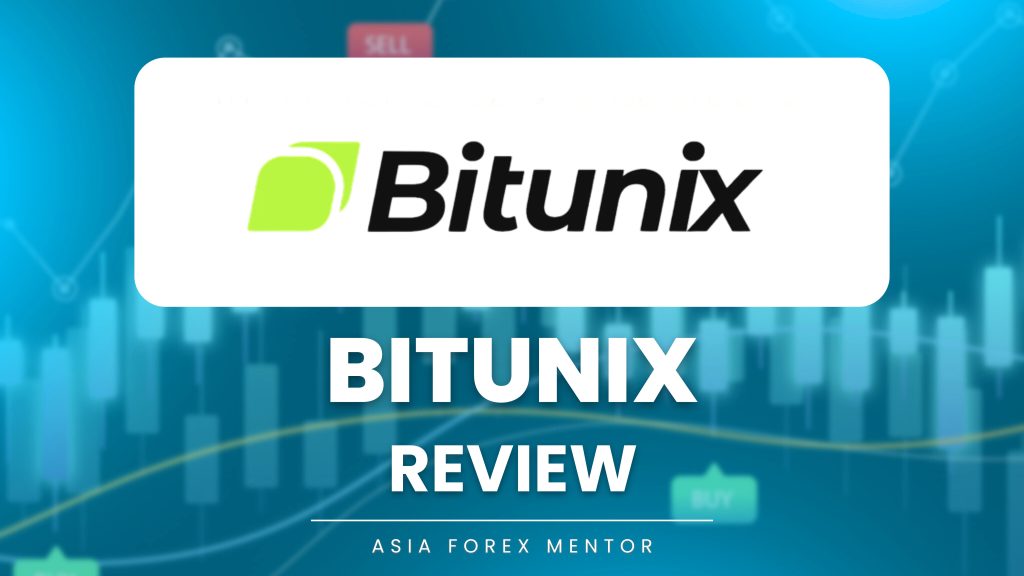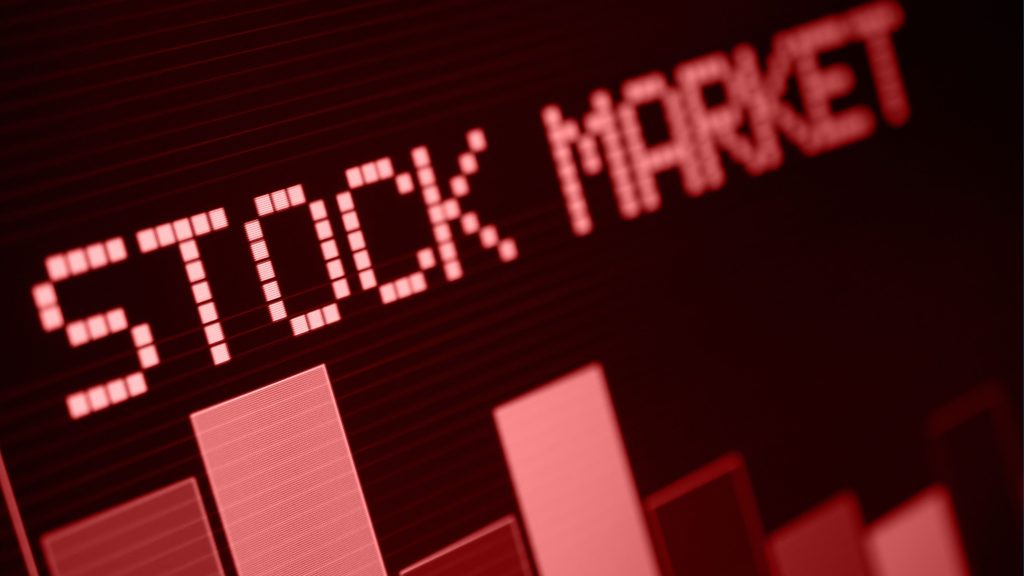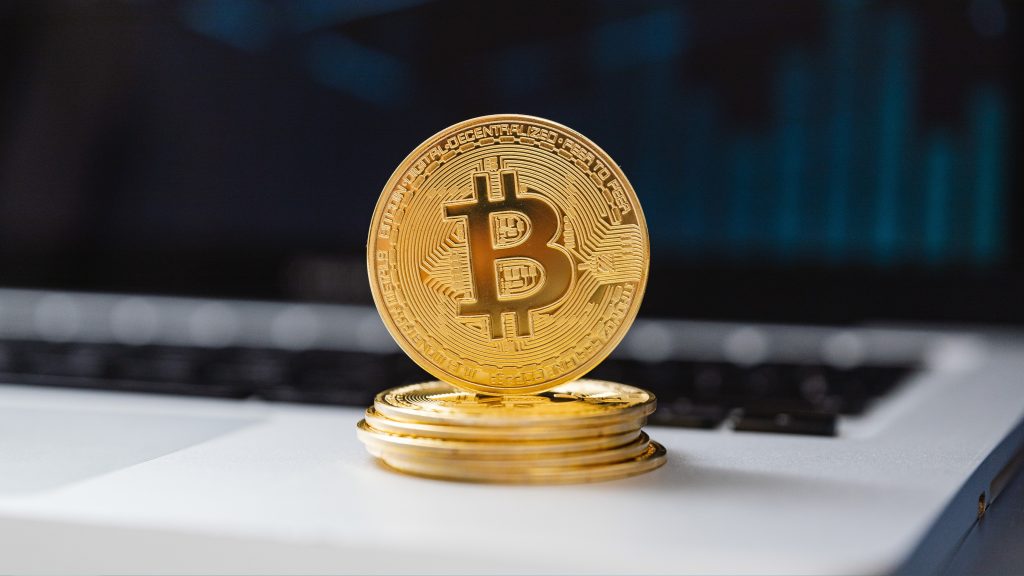Gold prices are experiencing a significant rally, poised for their most substantial weekly gain since early April. This resurgence is not merely a fleeting market fluctuation but signals a deeper concern gripping investors: the escalating fiscal health of the United States. As the nation's public debt continues its alarming ascent, exceeding $34.6 trillion, and the deficit widens, the precious metal is reasserting its traditional role as the ultimate safe haven in an increasingly unpredictable global economy.
The Alarming Rise of US Debt and Deficit
The size of the public debt of the United States, the lengthening deficit is sending concrete shock waves through the financial markets. The growing fiscal burden creates more existential questions about the government's future solvency and its ability to meet its future commitments. For investors, especially if they are used to thinking about US Treasury bonds as “infallible” in terms of investments, they are losing faith because the foundational piece of global finance is now seen as moving. As all capital will do, once sovereign financial stress and loss of confidence in government debt occurs, it seeks to find safety and refuge in “safe havens,” and gold, as a store of value for thousands of years, stands out as the only winner in this period of rising fear.
Gold as the Ultimate Safe Haven in Uncertain Times
In times of economic and financial turmoil, investors have typically turned to gold as a safe-haven asset. Gold is appealing because of its physical nature, and also because it has generally held its value during times when paper currencies or government bonds are facing headwinds. The current rally – with prices approaching $2,400 an ounce – perfectly embodies this flight to safety. As worries related to the viability of the US fiscal trajectory grow, so does the consideration of “risk” associated with traditional assets, and gold is looking even more appealing. However, this increase in gold prices represents a systemic unease rather than mere transient market expectations.
Beyond Traditional Drivers: A New Era for Gold?
While inflation fears and the anticipation of interest rate cuts have historically been significant drivers for gold prices, the current surge suggests a more complex dynamic at play. Even as Treasury yields climb and the dollar shows resilience in some areas, gold's ascent points to underlying fiscal anxieties as a dominant force. Some analysts interpret this as a manifestation of “de-dollarization” efforts by various nations or a broader trend of central bank buying, diversifying away from traditional reserve assets. This indicates that gold is not just reacting to immediate monetary policy expectations but is being fundamentally repriced as a hedge against long-term systemic risks within the global financial system. Its role in diversified portfolios is being re-evaluated under this new light.
What This Means for Investors and the Market Outlook
The chronic concerns with US fiscal management would seem to ensure that gold will not suffer a decline in safe haven status in the near future. With the discussion around US national debt and the ability to manage the rising deficit likely to dominate economic conversations for years to come, gold is set to remain in the forefront as a gauge for market fear. For investors that are looking to develop a resilient portfolio, gold represents a powerful counter-balance to possible economic volatility. Current gold performance is a powerful reminder that while daily market performance may be driven by a myriad of factors; propagating macro-fiscal considerations will always be one of the most significant tendencies to cause long term value change for precious metals.


